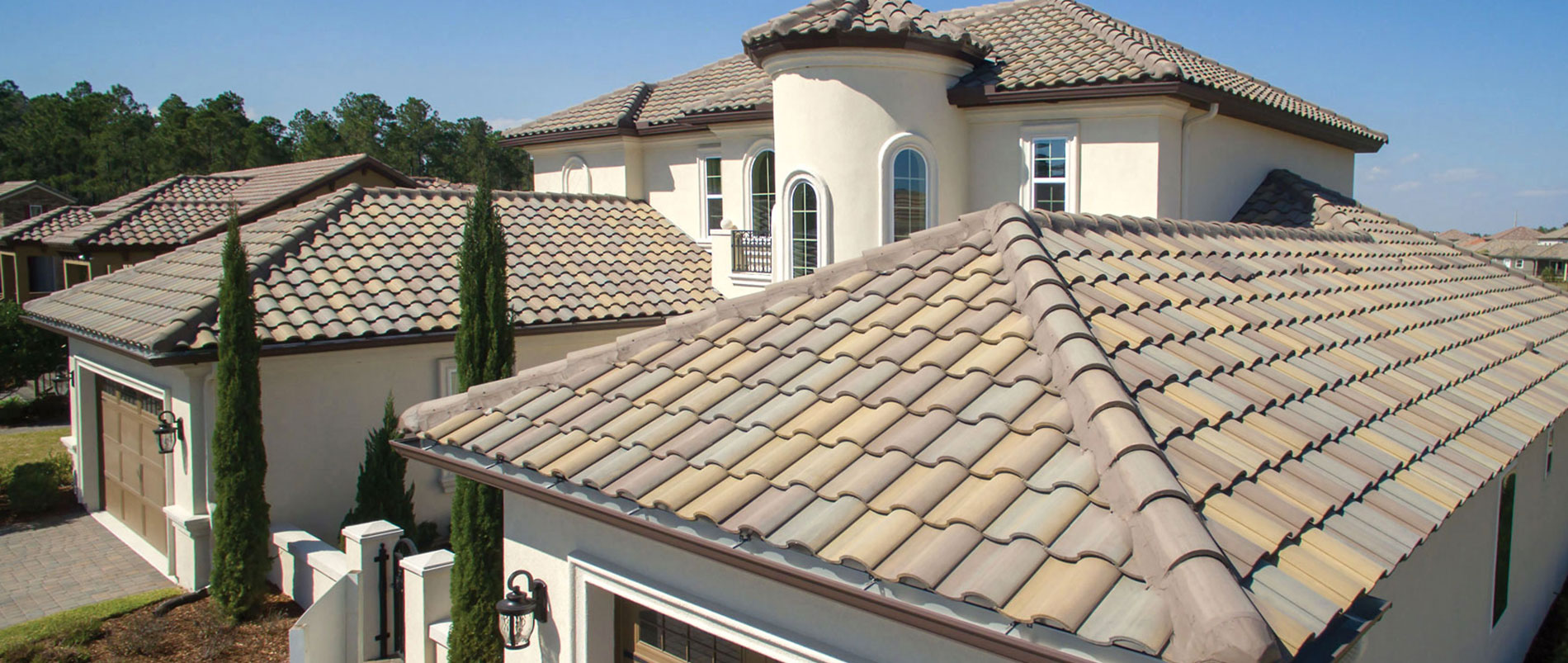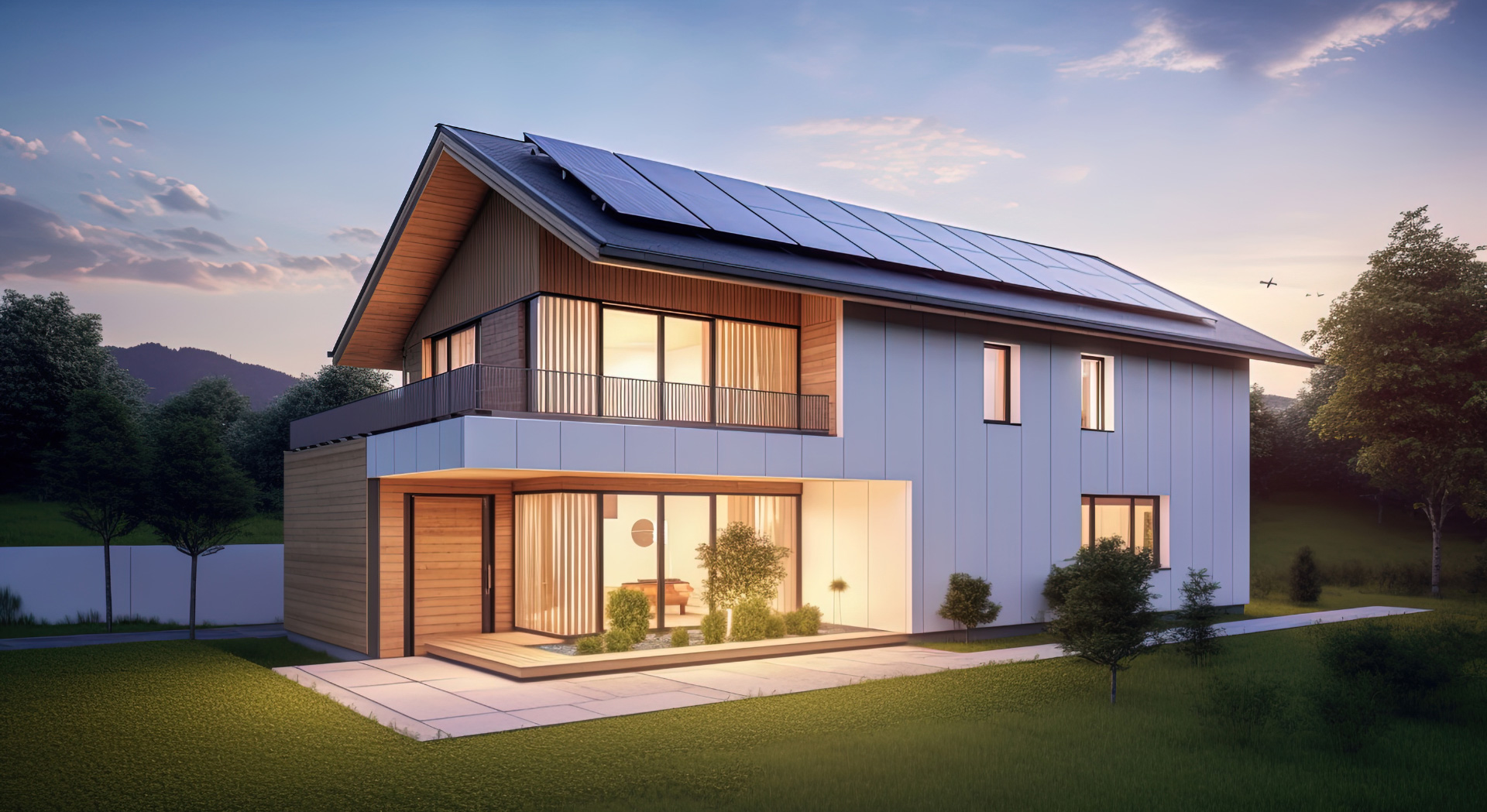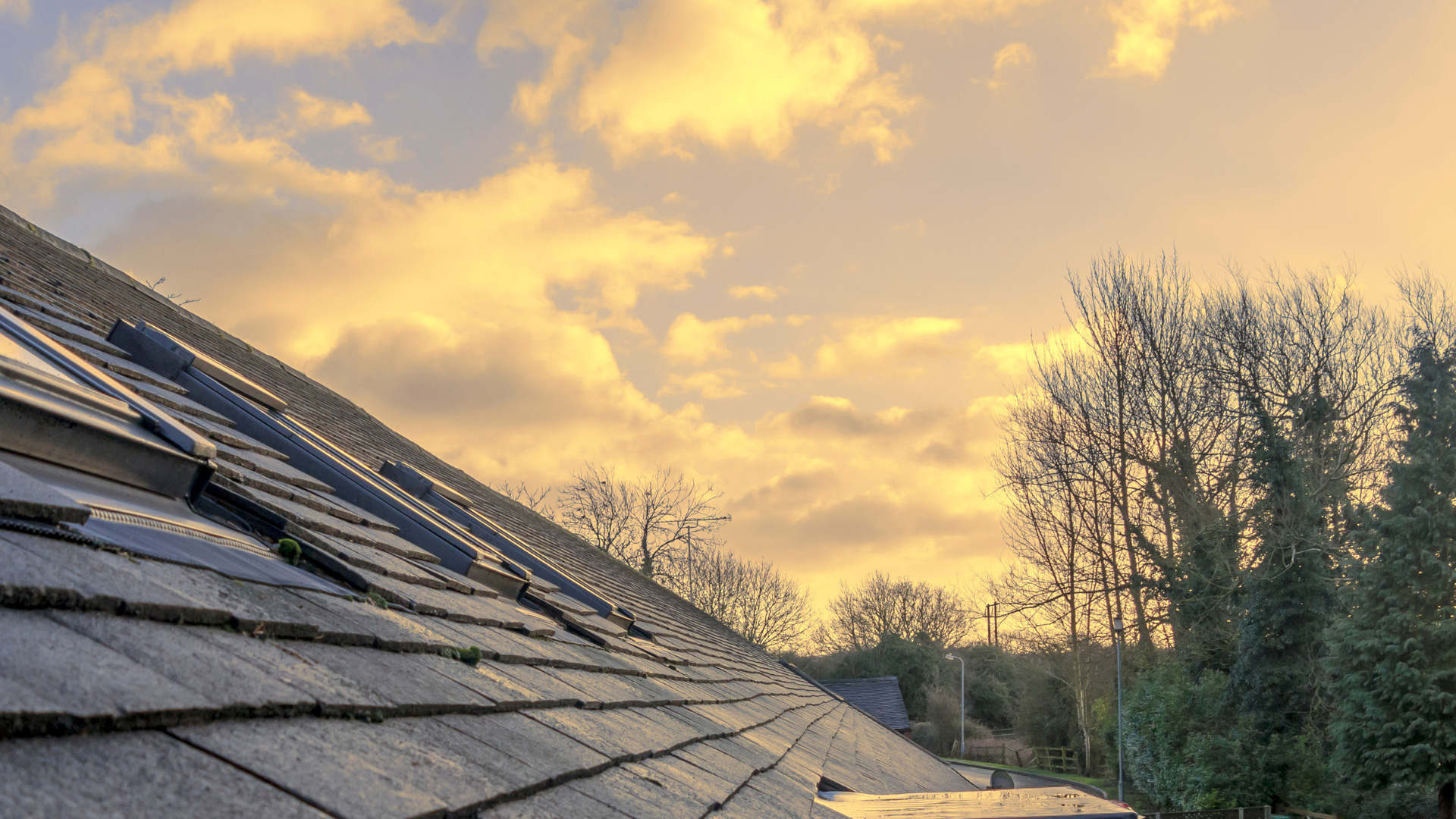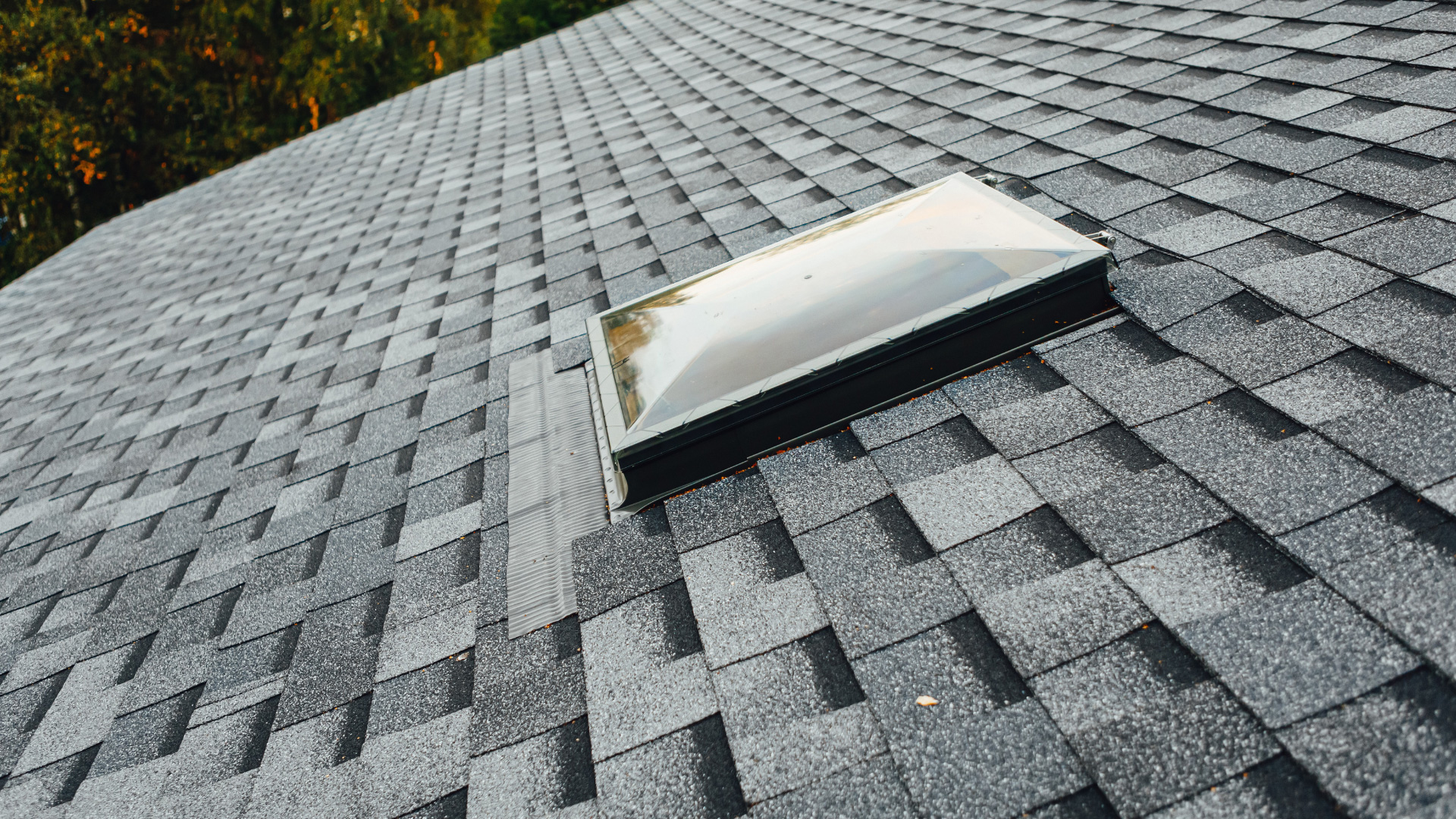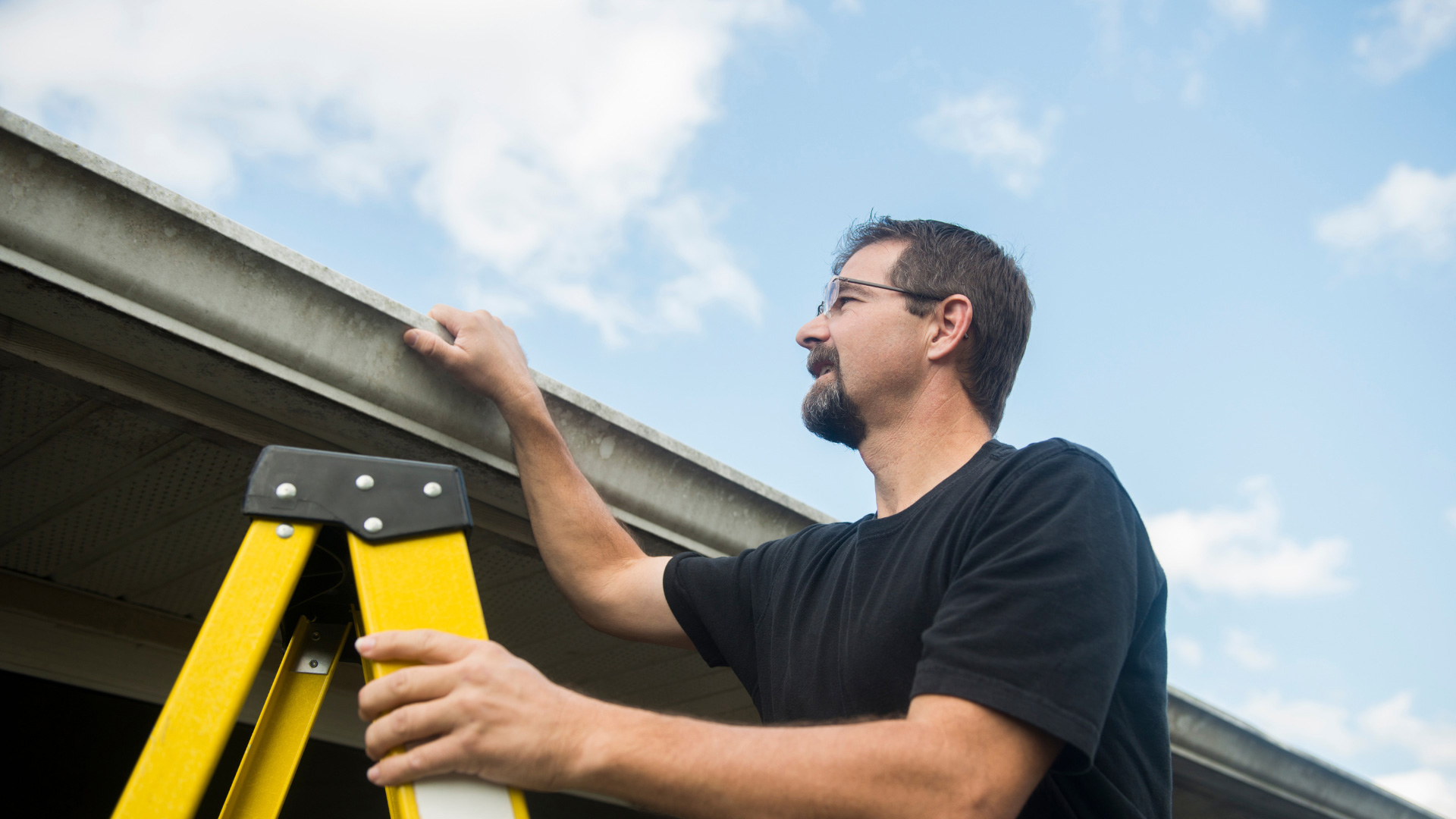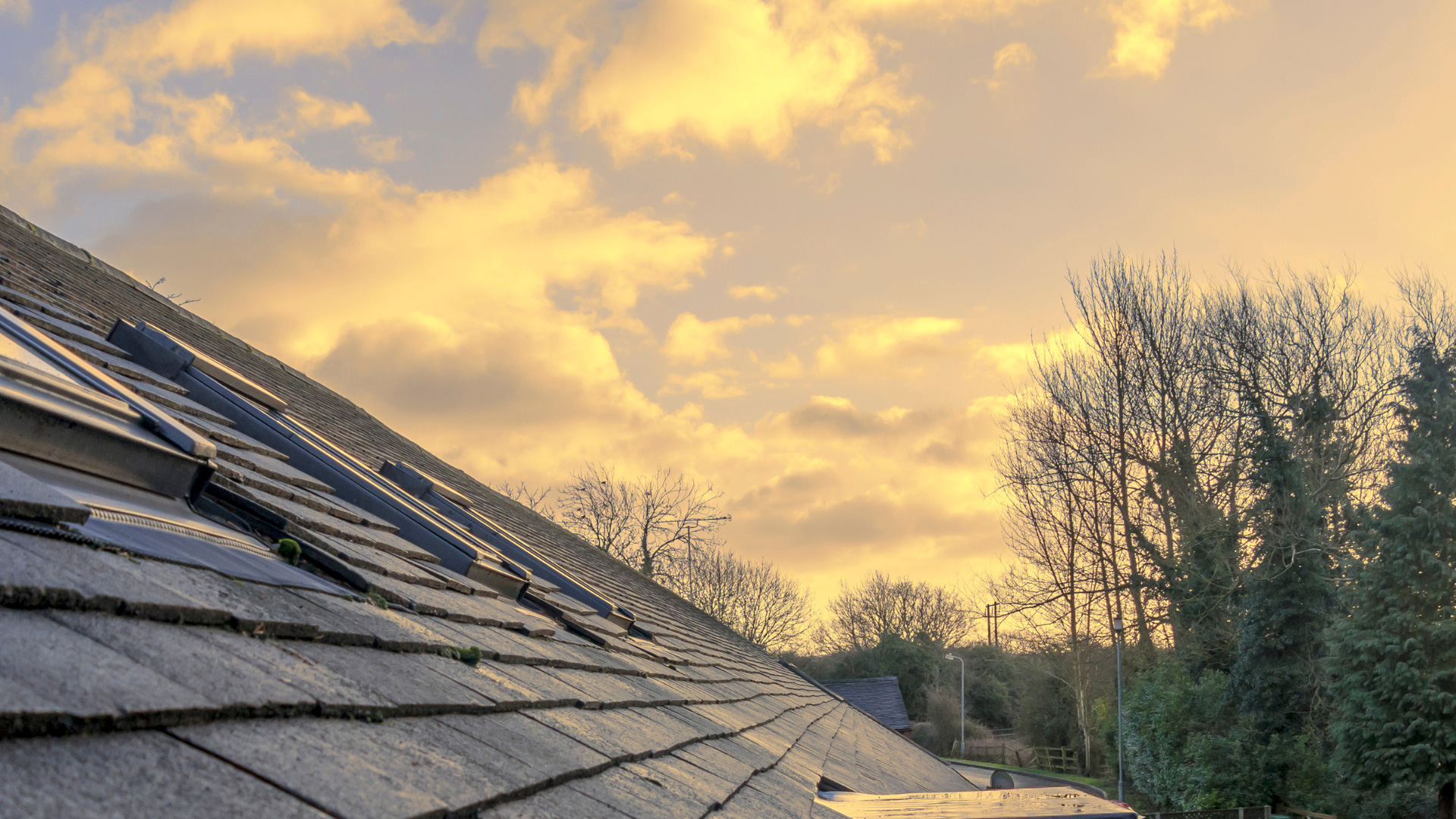When considering a solar installation, your roof plays an important role. After all, it is the foundation of your solar mounting system, and you want your roof to last as long as the panels themselves. While it’s best to install a new roof with your solar, a roof that still has a long lifespan ahead is just as good.
How can you maximize the longevity of your roof to protect your solar investment? We can help. The average lifespan of an asphalt shingle roof is between 15 and 30 years, while tile and metal roofs can last up to 50 years or more with proper maintenance. Solar panels last an average of 15-20 years. Let’s see how to make your roof match your panels in lifespan.
Understanding Your Roof
Common roofing materials include asphalt shingles, metal sheets, tiles, and flat roofs. Each has their own lifespan and maintenance needs, Asphalt is the most common with the shortest lifespan of about 30 years. Metal and tile roofs can last 50 or more years. Flat roofs vary between 30 and 50 years per resurfacing.
Factors that affect a roof’s lifespan include climate and weather, installation materials and quality, and routine maintenance practices. Watch out for signs of your roof aging like missing shingles, discoloration, soft patches, growing moss, and leaks.
Regular Inspection and Maintenance
Regular roof inspections and routine maintenance are a key element to a long roof lifespan.
You can DIY inspections several times a year by doing a visual check from the ground for roughness and discoloration, and inspections in the attic for leaks, light seepage, and damaged beams. Keep your gutters and downspouts clear and consider gutter guards to reduce labor and risk. Trim overhanging branches to reduce the risk of falling branch damage in a storm.
Get a professional roof inspection at least once a year, usually the season before your climate’s harshest season. You will also want to professionally improve your attic insulation and ventilation.
Addressing Common Roofing Issues Promptly
If you notice common roofing issues, have them fixed as soon as possible so they don’t lead to greater problems.
Replace all loose, missing, and soft shingles. Address leaks before water damage can occur – or get worse. Repair flashing around chimneys and vents to prevent leaks, and have moss or algae professionally removed if it’s growing on your roof.
Prevent ice dams with gutter care and roof ventilation if you live in a colder climate.
Professional Maintenance and Repairs
Schedule professional roof maintenance and repairs to ensure your roof is in top condition. Professionals can see problems that you might miss and can provide immediate solutions so little problems don’t grow.
Call a professional if you notice damage or if damage is revealed during your yearly inspection. Timely repairs are essential to protect your roof and home from more extensive damage. Always choose a qualified roofing contractor and keep thorough documentation of your roof’s maintenance and repairs.
Maximize Your Roof’s Lifespan for Solar
If you are considering installing solar panels, first, look to your roof’s condition and lifespan. Make sure your roof has another 20 years of good performance in the cards and improve it’s lifespan through attentive maintenance over the next two decades. This will provide your solar panels and entire home with the long-term benefits of a healthy roof.
For your personalized roofing consultation, contact us to get a free quote.
